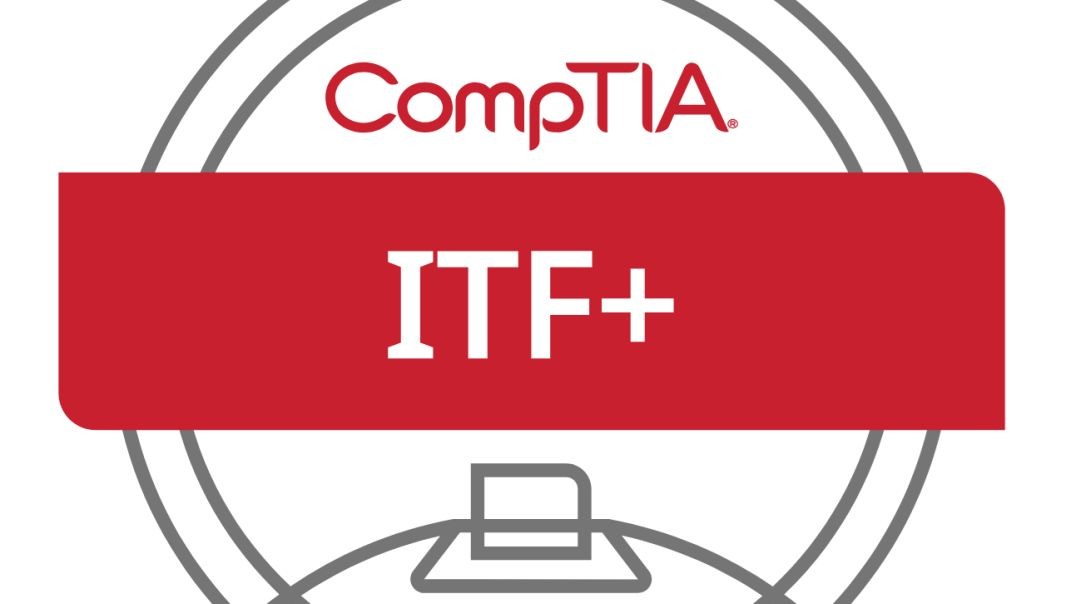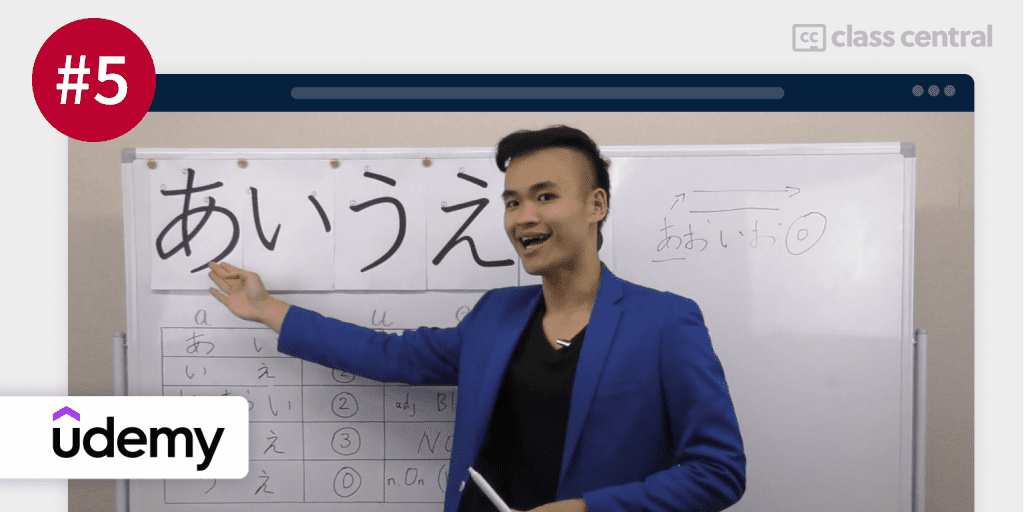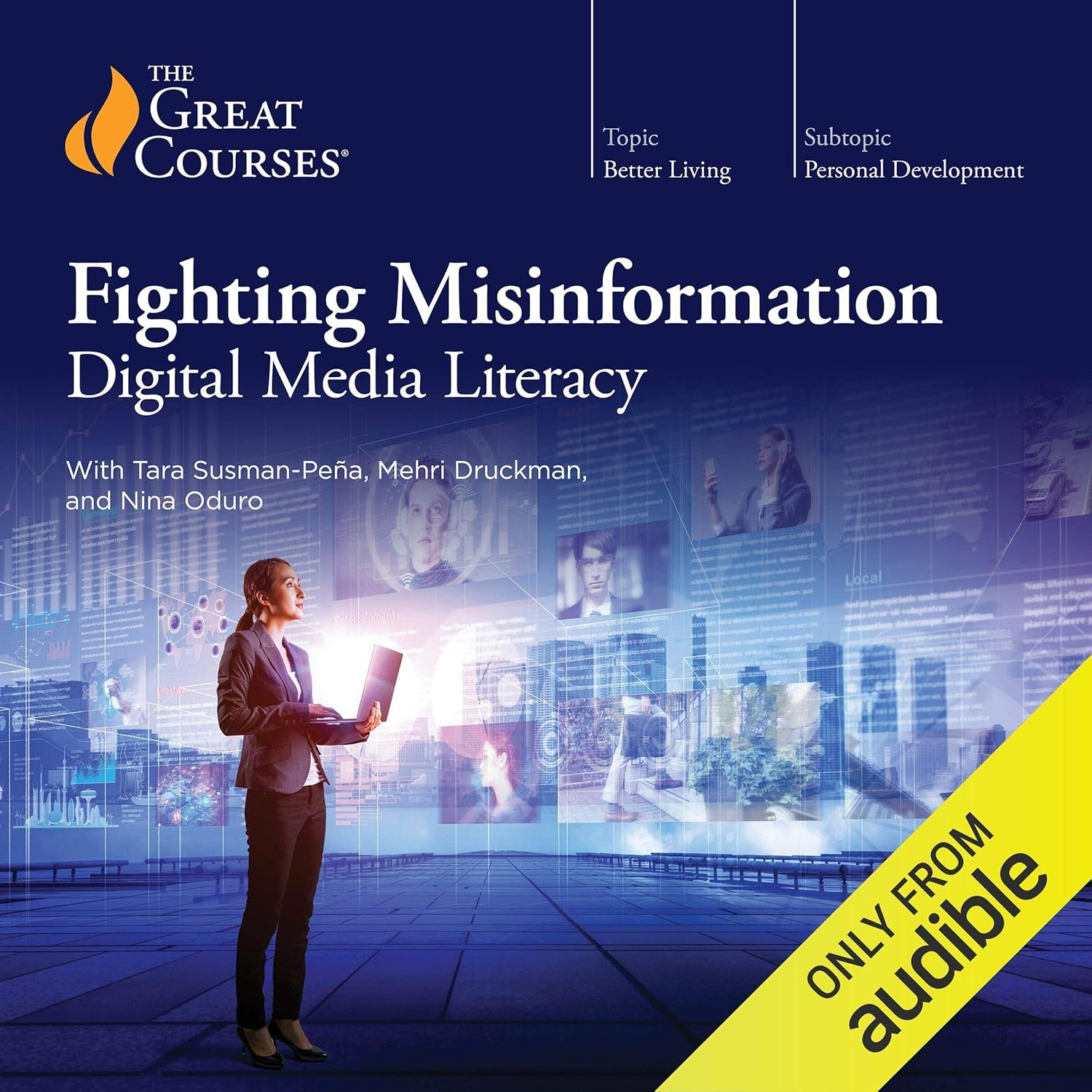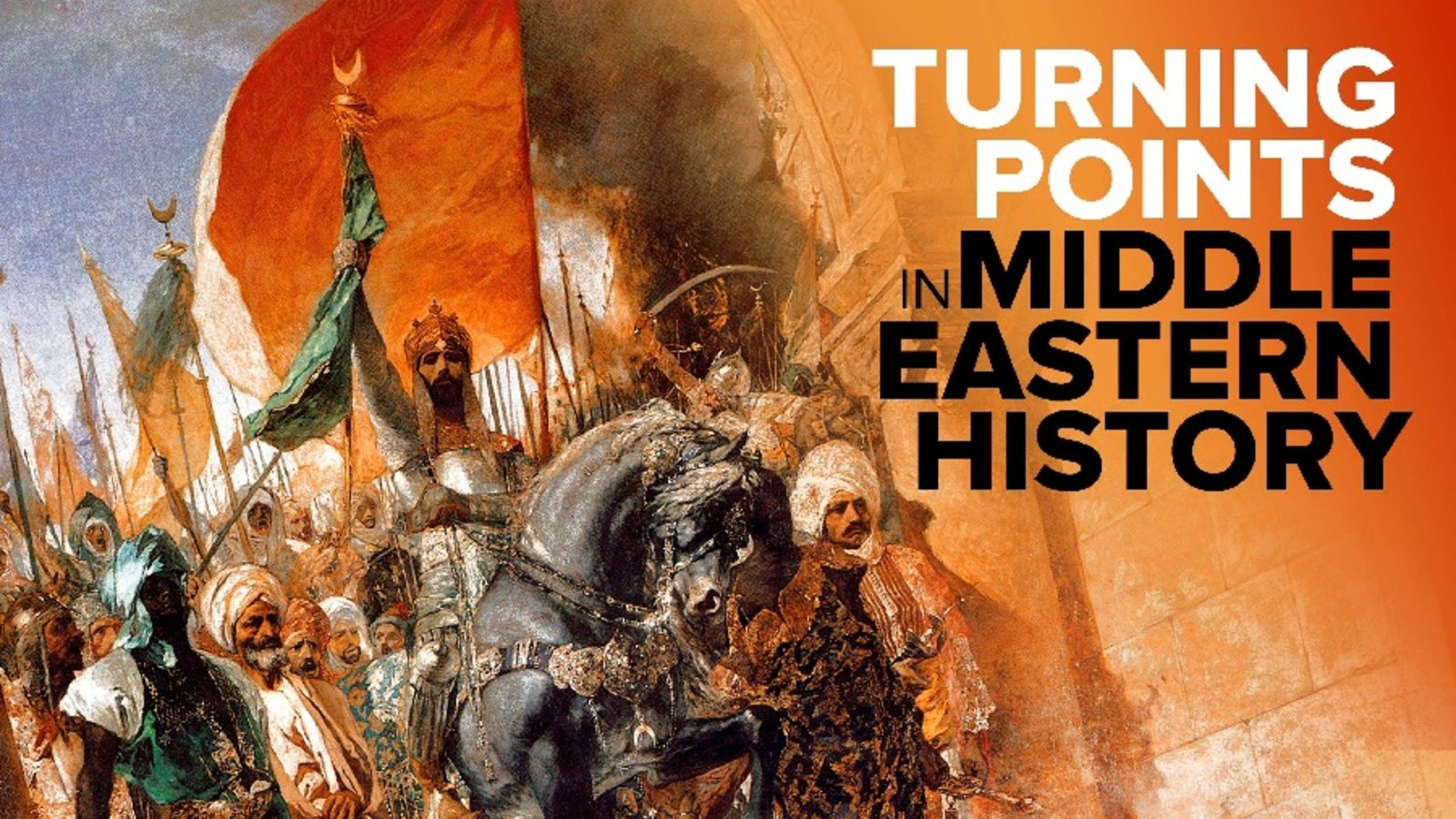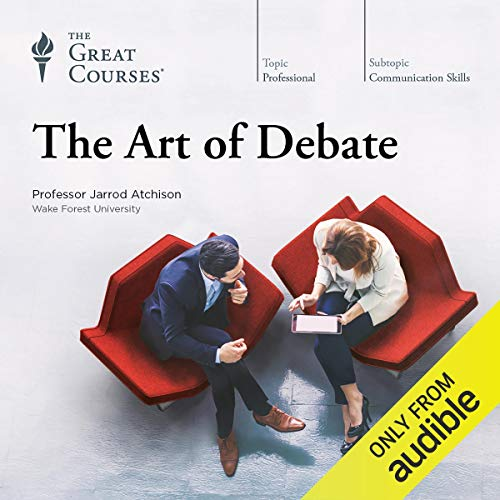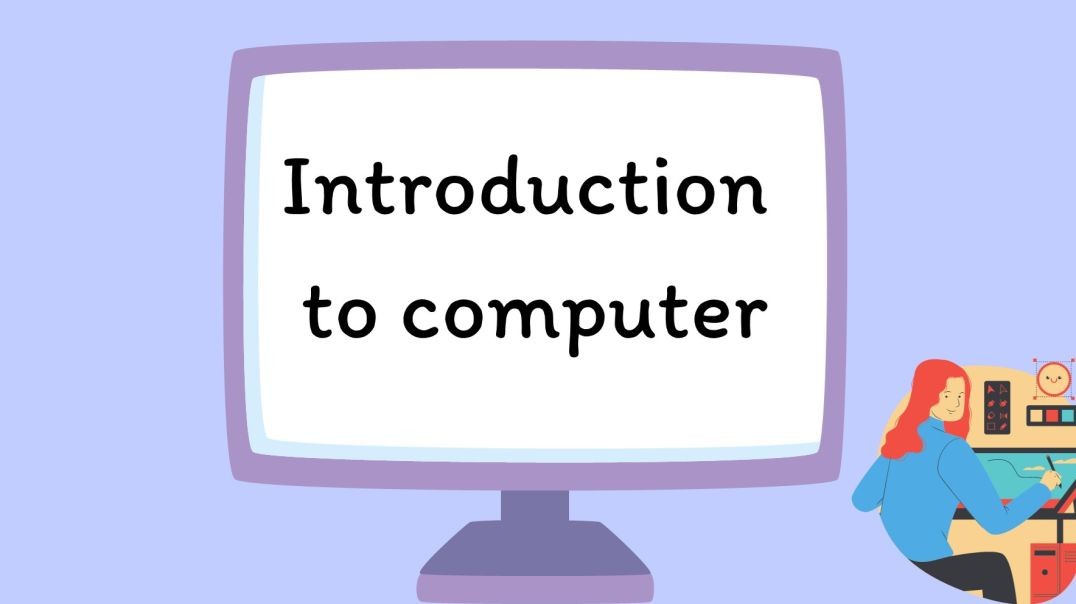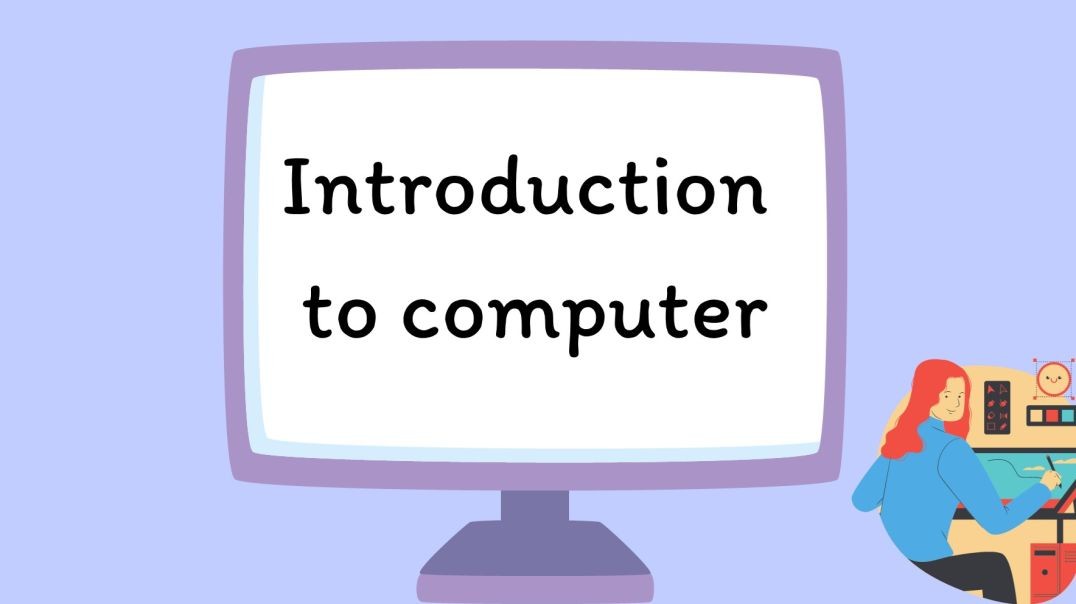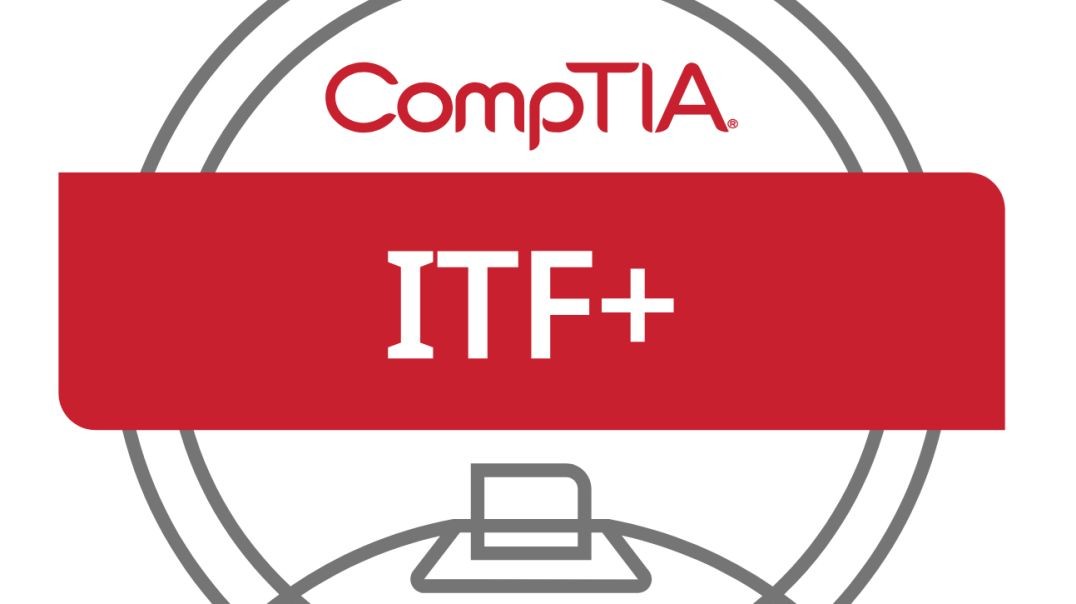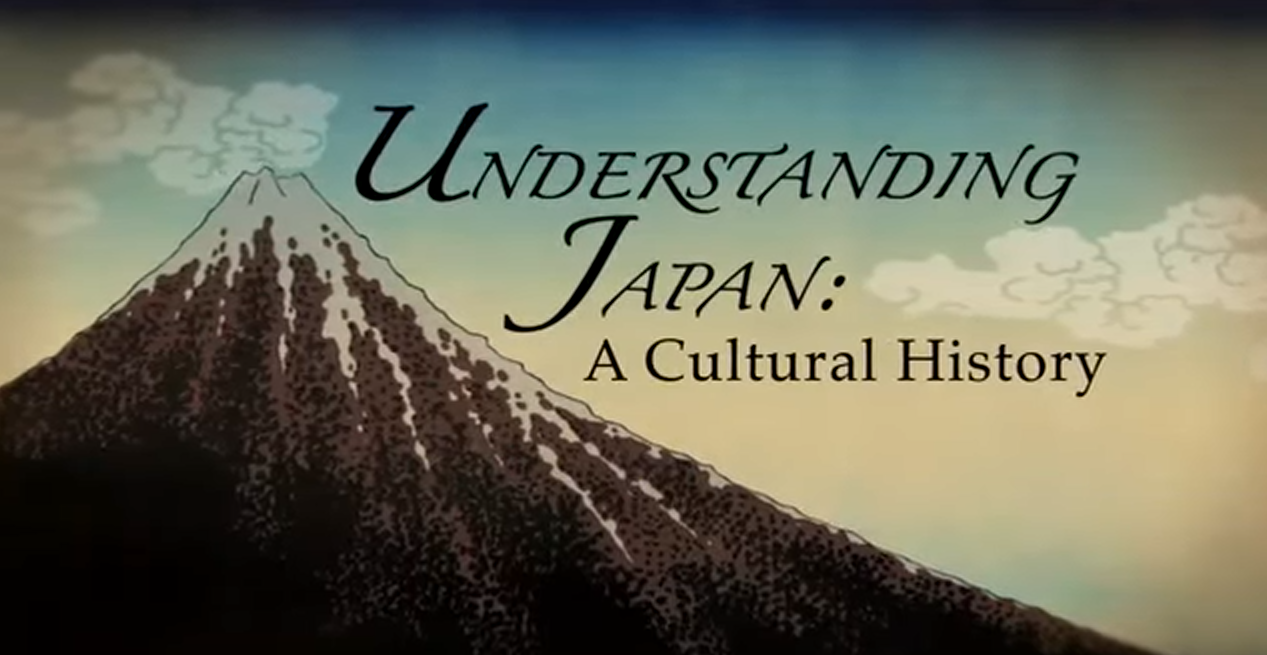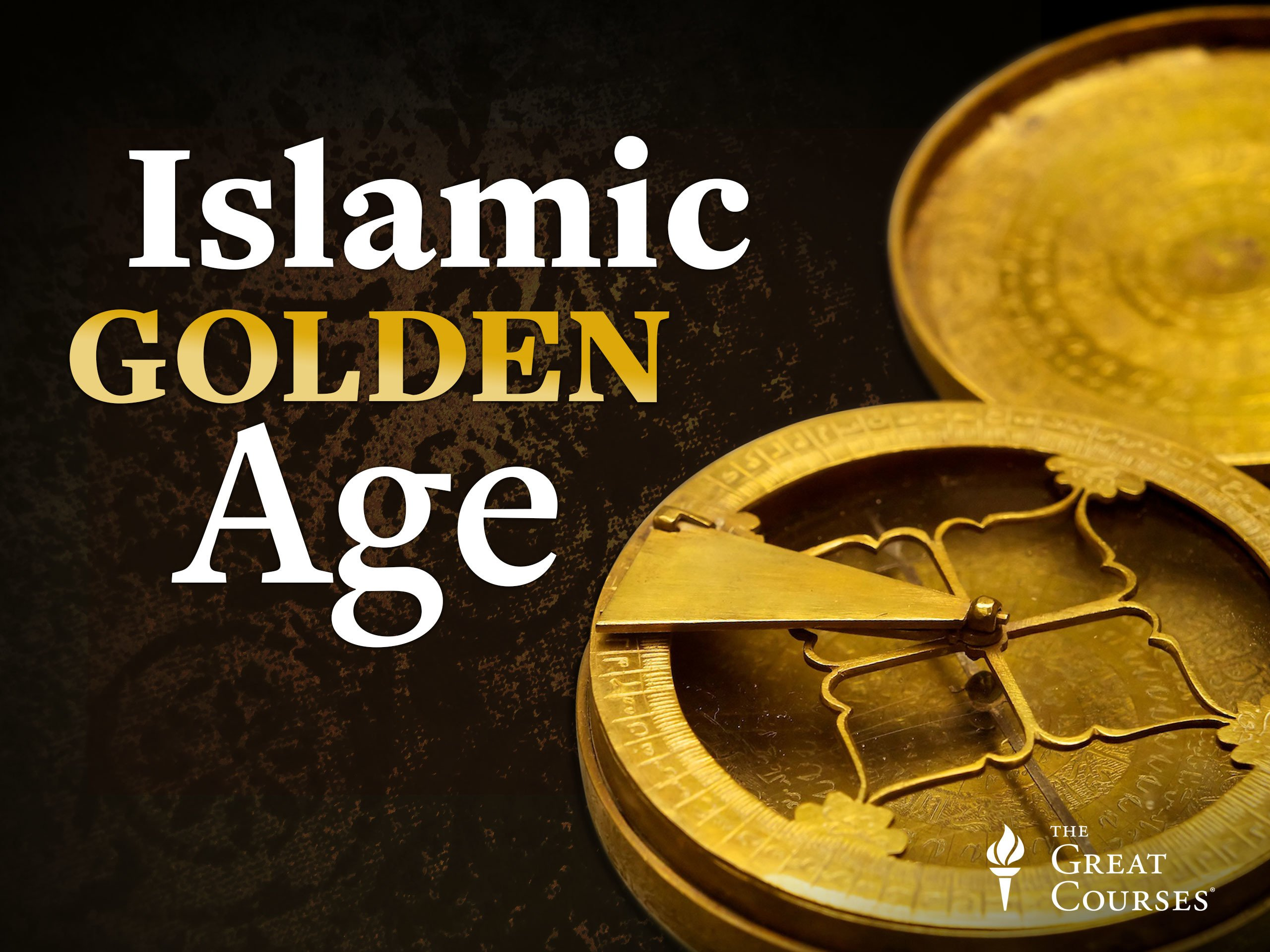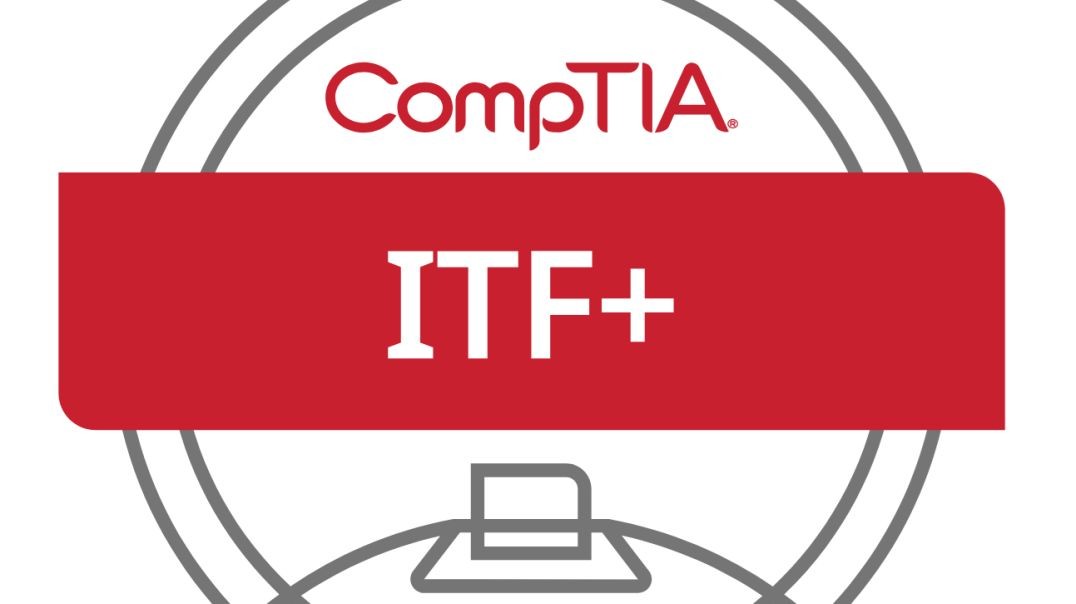Top videos
CompTIA IT Fundamentals+ Course | Module 18 Part 3
CompTIA IT Fundamentals+ Course | Module 19 Part 6
How do fake information and stereotypes combine to produce an especially damaging type of misinformation? Fake information, including fake social media accounts, fake chat messages, and fake reviews, can infiltrate our electronic lives. See how stereotypes can magnify the damage done by fake information, and consider the difficult questions presented by the human tendency toward bias.
Investigate the epochal turning point of the breakup of the Ottoman Empire and the abolition of the Islamic caliphate - Islam's supreme religious authority - after 1300 years. Witness the remapping of the Middle East by the imperial powers of Britain and France, the impact of these changes on the region, and the emergent states of the modern Middle East.
Now that you know when to debate, shift your attention to what to debate. The "proposition"–the idea up for debate–is one of the most important concepts to understand, and in this lecture, you will survey how to structure the proposition most effectively-and consider who is making the ultimate decision.
Module 4 Part 1: Introduction to Operating Systems (OS) and OS Functions
Module 4 Part 3: File and Device Management
A good critique is a necessary way of testing out an idea, but developing a good negative case requires immense creativity to disprove the affirmative argument. Delve into the key arguments available to the negative: the disadvantages of the affirmative case, counterproposals, and critiques of the affirmative's assumptions.
CompTIA IT Fundamentals+ Course | Module 5 Part 6: System Memory (Random Access Memory)
Round out your study of cross-examinations by turning to "open-ended questions." Designed to help you understand your opponents' arguments, open-ended questions give you the opportunity to shift your position, thus maximizing strategic flexibility. They also allow you to set traps for your opponent. Find out how to craft-and answer-open-ended questions.
Professor Ravina explains why Buddhism was so appealing in ancient Japan. He reveals three key observations about the religion's earliest form (including its spread with direct support from Japanese rulers) and discusses the two main strands of Japanese Buddhism: the more esoteric tradition of Shingon and the more accessible Pure Land.
Take a fresh approach to the story of early 20th-century Japan. Rather than a review of major events, focus instead on the ideologies of three individuals whose competing views shaped Japan's actions on the eve of World War II: Nitobe Inazō and Shidehara Kijūrō, both proponents of democracy and international cooperation; and Ishiwara Kanji, a die-hard militarist.
Al-Haytham's seven-volume Book of Optics is one of the most fascinating works of scientific enquiry in the Golden Age. After reviewing the wider context of Cairo in the 10th century, delve into al-Haytham's experimentation with optics and the eye. Find out why many modern scholars have called him the world's first true scientist.
The 12th century Jewish scholar Moses Maimonides offers great insight into the relationship among the three Abrahamic religions-Judaism, Christianity, and Islam. Delve into the politics of Cordoba in Andalusia, Spain, during the Golden Age, and then consider Maimonides' scholarship-including his philosophy about the relationship between faith and reason.
CompTIA IT Fundamentals+ Course | Module 6 Part 1: Devices and Peripherals
CompTIA IT Fundamentals+ Course | Module 7 Part 10: Accessing Websites
CompTIA IT Fundamentals+ Course | Module 16 Part 3: Benefits of a Database
CompTIA IT Fundamentals+ Course | Module 13 Part 1: Web Browsing
